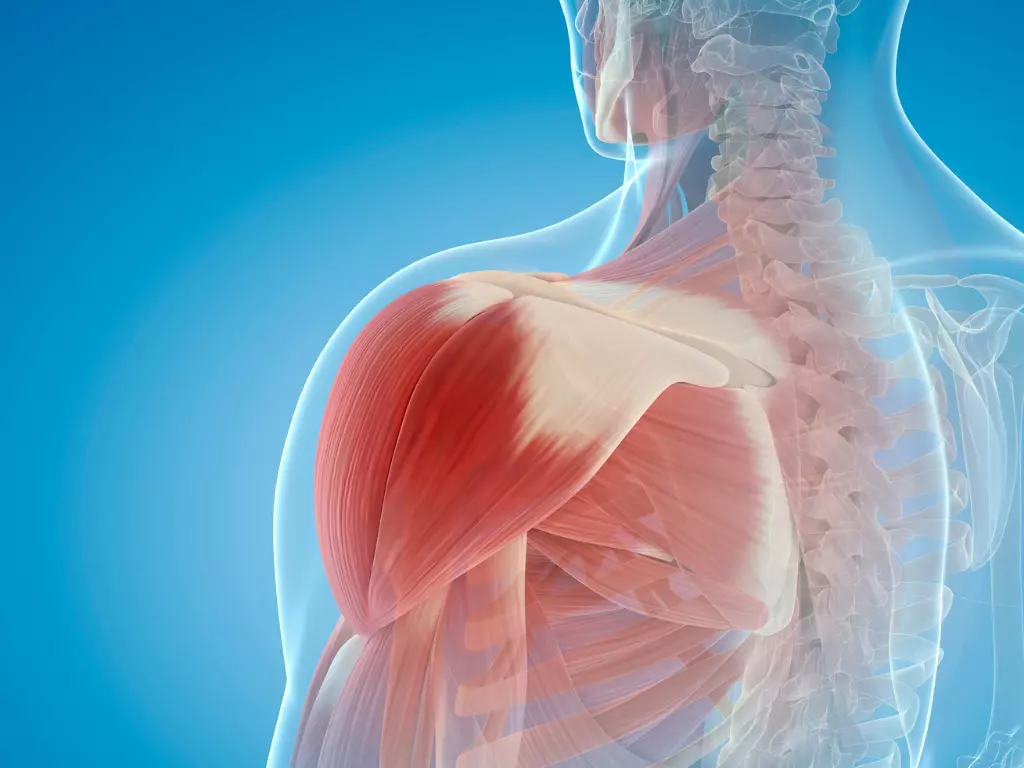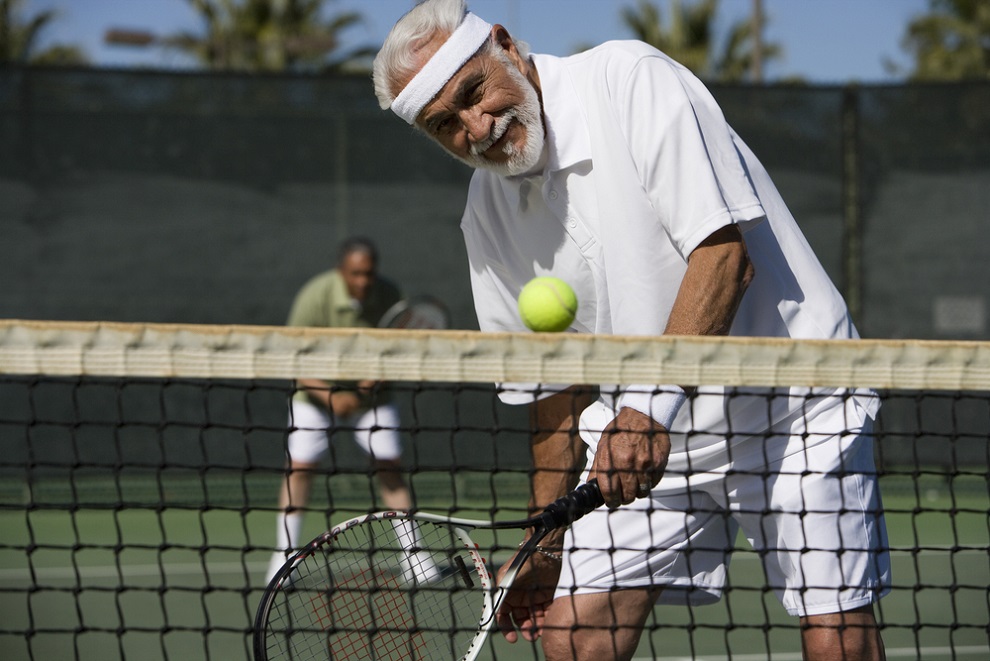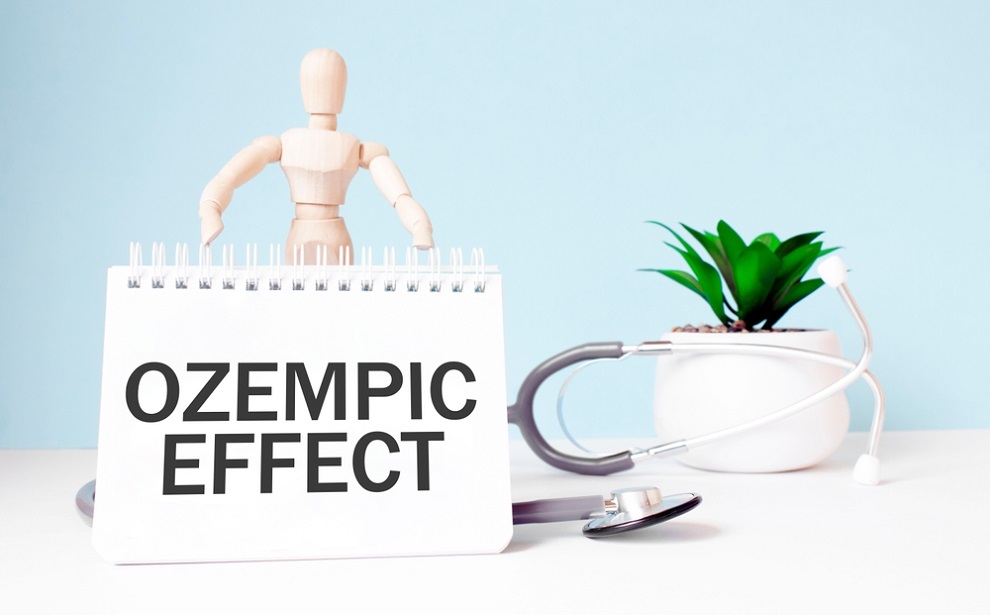Building muscle mass may well be easier for younger guys, but this does not mean as you age, you cannot make significant gains in the gym. Not only is it possible to retain muscle mass as you age, but muscle gain is also achievable.
As aging takes its course, bodybuilding is advised not just for the sake of good looks but also for longevity. So, how is it possible to build muscles after 50?
How to Get Started Building Your Muscle Mass

1. Increase Your Protein Intake
Eating right is the first step in bodybuilding and building muscle after 50. This may sound cliche, but eating the right foods could be the difference between success and failure. Depending on your food preferences, a healthy meal can mean different things. It can be a plant-based diet and/or low-fat meals; however, it is not enough to make your diet as healthy as possible. Consistency is also vital.
Your muscles are made from proteins, so if you're looking to build more, increasing your protein intake makes sense. Protein contains amino acids that your body uses to repair muscle fibers and grow new muscles.
This makes proteins important for people of all ages. However, it is more critical in the diet of older adults hoping to build muscle mass. If you're planning to exercise for muscle building, you'll need about 1.5 grams of protein per kilogram of body weight daily.
Proteins Recommended For Building Muscle After 50
Here are examples of proteins that older adults can eat to build muscles and prevent unnecessary loss of muscle mass as they age.
- Meat: Meat is one of the best and most readily available sources of protein. However, there are concerns about eating red meat and its high fat content being linked to heart disease, especially among older people. However, there are ways to get around these concerns. For example, lean meat, such as skinless poultry and red meat with fat trimmed off, has a relatively low fat content.
It's also possible to tenderize the meat to make it less tough. Add gravy, baking soda, papaya and other tenderizing agents to get the right texture. You can also incorporate it into other dishes like pasta or meatballs as ground meat.
- Soybean extracts: Soybean is another excellent and versatile source of protein. You can make it into Tofu which is ideal if want to cut out or reduce your meat intake. One good thing about tofu is that it takes the flavor of whatever you're pairing it with, making it a really flexible ingredient. Other popular soybean foods include Tempeh (an Indonesian dish made by deep-frying fermented soybeans) and edamame (green soya beans).
- Dairy: Products including milk, cheese, yogurt, and butter are excellent sources of protein and calcium, two essential nutrients for building overall body strength. Cheese, yogurt, and butter are high in protein, making them great additions to your everyday diet.
- Peanut butter: Nuts are a great source of protein, but some people over 50 have difficulty swallowing foods with such hoarse textures. However, peanut butter is a friendly alternative. You can simply use it the same way you would regular butter for a high-protein snack.
- Fatty fish: Adding oily fish to your diet is another recommendation to build muscle mass. Fish such as salmon, tuna, and mackerel contain a significant amount of protein. They reduce the risk of inflammation, heart disease, cancer, and other ailments common among older people.
- Protein supplements: Expert nutritionists and dietitians always recommend fresh foods over supplements. This doesn't mean supplements lack a substantial amount of nutrients. Protein supplements and powders are a great substitute when fresh or whole foods aren't available. However, you shouldn't make them your only source of protein.
Supplements for Building Muscle Mass After 50
A dietitian can advise you on what protein supplement is best for you and how much to consume daily.
The importance of proteins when trying to build muscles cannot be highlighted enough. At the same time, you shouldn't just keep taking gram after gram of proteins without other vitamins and nutrients. Foods containing Vitamins C, D, and B6 play significant roles in muscle development, and you need carbohydrates to fuel your muscles. Carbs prevent muscle loss and enhance muscle mass recovery. So, while you prioritize proteins, making room for other food nutrients in your diet is essential.
When your diet is taken care of, the next step in your bodybuilding journey is to increase the frequency of physical activity.
2. Stay Active
Staying active is crucial for healthy aging. But even for older people, building muscle doesn't start with lifting weights in the gym. First, it is important to prevent the muscles you've built in your earlier years from deteriorating as you grow older. The best way to do this is to stay active.
Muscle development, especially when building muscle after 50, works on a principle known as Use it or Lose it. This simply means that the less frequently you exert your muscles, the faster they deteriorate and the weaker you become. So, to maintain your physique, you must remain active.
Being active can be as simple as walking around the house, going for walks now and then, getting a hobby and doing it for as long as you can, stretching, light yoga, and so on. These little activities engage your muscle fibers and prevent them from going dormant.
Furthermore, the more active you are, the less of a shock you'll have when you hit the gym. strength training, cardio, or bodybuilding. There is no doubt that the gym can put a strain on your body, even for younger people, but much more for a person in their 50s or above.
However, being active prepares your body ahead of these strenuous exercises. It reduces the chances of discomforting injuries like sprains, muscle strains, and fractures, which we're all prone to as we age.
3. Develop A Workout Routine
The gym is the best place to exercise your muscles and do strength training, whether a makeshift, home, or professional gym. It may be difficult for seniors to handle some exercise routines or get too extreme. However, there are core muscle exercises specifically targeted at seniors. These exercises, such as tummy vacuums, clamshells, pelvic brace, etc., are great and easy foundational exercises for seniors to start building core muscles.
There are plenty of exercises that target muscle development and several muscle groups. They include squats, hip hinges, lunges, pushups, weight training, cardio, deadlifts, treadmill workouts, etc. It is a good idea to start with beginner exercises, and with resistance and endurance training, you'll find yourself pushing your limits. Aerobic exercises such as jump rope, jumping jacks, jogging, and cycling are great ways to start.
It's also important to consult your doctor or physiotherapist, especially if you have underlying health issues, and to work with a qualified gym instructor or personal trainer to figure out a routine that works for you and is safe.
How To Make Sure Your Workout Routine Pays Off
Regular exercise is the key to building muscle mass after 50; however, you need a plan. Randomly throwing darts at the wall to see which one sticks won't help much. Therefore, strategic planning is necessary. Without a plan, it is easy to feel like your gains don't match your effort.
Here are some tips to ensure your efforts and results are equally matched.
Prioritize resistance training
Resistance is one of the best ways to guarantee results when building muscle mass. Muscles grow when they break through limits, and using resistance bands is one way to set and control these limits.
Apart from using resistance bands, other resistance exercises include lifting dumbbells, using machine weights, and bodyweight exercises like squats, bench presses, and pushups. If you're doing it right and not skipping reps, you should see results in as little as eight weeks.
It is okay to start easy but remember, the goal is to make the exercises harder over time. Implementing a strategic workout technique like progressive resistance training would ensure you push your limits. In fact, it's essential if your muscles are going to grow. This is perfectly safe for older people in their 50s and beyond, as shown in several clinical trials.
Target your muscles intentionally
- There are several groups of muscles in your body - hamstrings, calf muscles, biceps, triceps, glutes, et cetera. Each group has a particular workout that targets them. So, it is essential to know what areas of your body you want to build and focus on the specific exercises for those areas.
Be consistent
- Remember that you're in a race against nature. Your goal is to delay the onset of muscle deterioration for as long as possible. If you are inconsistent with your muscle training exercises, you're making it easy for nature to have its way. Working out twice weekly is enough to sustain and build muscle, but you should aim for more if possible.
It's always possible to regain muscle at any age. A study, which included ten people aged 86-96, showed these people recorded significant muscle growth after just eight weeks of high-intensity progressive resistance training. This study proves there is always time to start, and consistency yields tremendous results.
Consider your joint health
- As we grow older, we become conscious of our joints as they become more stiff with each passing decade. However, engaging your joints is an excellent way to ensure you're as quick on your feet as ever. Some multi-joint compound exercises that are great for adults include shoulder press, knee extensions, leg curls, lat pull down, shoulder press, chest press, and planks.
- In addition to joining a training program for progressive resistance training, hormone therapy is an option many older people consider. While it works in the beginning, studies have shown that this route comes with its side effects. As a result, it is important to check with your doctor before taking steroids for muscle development.
Importance of Building Muscle Mass After 50
Muscles serve several functions, from mobility to protection, all of which become more important as. we age. Muscles develop rapidly from birth, but this development stops between the ages of 30-35. After about 35, muscle loss sets in gradually. Then, the rate of this decline in muscle strength increases from decade to decade.
The continual decline in muscle strength in older people can lead to a debilitating condition called Sarcopenia. Sarcopenia decreases a patient's stability and independence and increases their risk of fractures, hospitalizations, and falls.
In many people, this condition may be a consequence of aging. However, building muscle mass delays its onset for as long as possible and even prevents it. When sarcopenia is present, it is potentially reversible by a comprehensive exercise program, healthy eating and Testosterone Replacement Therapy (TRT).
Testosterone and Buiding Muscle After 50
TRT has gained considerable attention as a potential muscle-building tool in individuals aged 50 and beyond. As people age, there is a natural decline in testosterone levels. This decline in hormones can contribute to muscle loss, reduced strength, and diminished physical performance.
TRT involves administering testosterone injections or creams to restore hormone levels to a more youthful, optimal range. TRT increases lean muscle mass, improves muscle strength, increases weight loss and enhances physical vitality.
Testosterone should always be combined with a comprehensive approach to muscle building. A balanced diet, regular exercise, and proper medical supervision are crucial for maintaining muscle health and overall well-being as you age.
Ready to Start Buiding?
Muscles cover and protect your bones, making them less susceptible to injuries such as fractures when you fall. Additionally, strong muscles facilitate flexibility and ease of movement, making the aging process much more comfortable.
Remember that building muscle mass after 50 or at any age takes a great deal of commitment and consistency. Crucially it's never too late to make a difference. Be sure to check with your doctor what's safe and what isn't, especially if you have any underlying health conditions.

Check your levels today
From more lean muscle to increased energy, see if optimizing your hormones could be the key.





